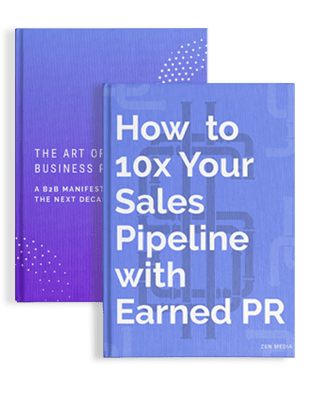Shama Hyder:
But the statistics are that 64% of people will finish watching a video clip, whereas 24% will actually finish reading an article.
Shama Hyder:
Remember, this was about eight years ago when if you really think about social media, technology, the digital age, all of this is still so new. Think about this: eight years ago, our iPhones didn’t exist as we know them today, there was no Instagram, there was no Snapchat, there was no Spotify. Just think about how far we’ve come in those years alone. So we think technology, as we talk about it, has really come leaps forward in just the last less than a decade if you will.
Shama Hyder:
So I graduated from the University of Texas and I thought that I would go out there and get a what? What are you supposed to get when you graduate? A job. Right? You’re supposed to go get a job. Except there was one problem when I got out to go get a job. Not only did jobs not exist, but the industry didn’t exist. Because eight years ago, when you said social media, people said, “What?” And people asked me things like, “What’s Tweeter?” Right? Or, “Facebook is something my 13-year-old uses.” Remember, this is very, very early days of social media, so this was at the start of an industry, the start of an entirely new technology age, if you will.
Shama Hyder:
So I had two choices: I guess I could be unemployed or I could be self-employed. Yay! So I decided to be an entrepreneur. I started my own social media, digital PR agency, arguably one of the first social media agencies in the world, because it’s really easy to be the first when there’s not anyone else doing what you’re doing. And so of course we’ve come such a long way, but today I’m sharing some of that with you: lessons I’ve learned academically, but also building my own company.
Shama Hyder:
The importance of building your reputation online before you need it. If you think about the corner office, JJ, it used to be the corner office, it’d be the glass door of the assistant when you walked in. And today, that really has shifted online. That first impression is when I type in your company’s name into Google or Yahoo or Bing, what do I find? That’s my first impression; that’s your corner office. And so how are you proactively building that reputation, so when people seek you out … and that really should be the goal of a good business branding and marketing, that people are now seeking you out … what’s that impression and what are you doing to proactively cultivate a positive digital footprint?
Shama Hyder:
The other way to look at it is people get scared when they have something negative online, whether it’s a negative review or just one bad piece of press, and it’s because they have nothing good to counteract that; they haven’t really proactively built something. And so, obviously, when things like that happen, it’s the only thing out there that they let define them.
Shama Hyder:
Any time I share something, I think, “Is there value here?” So even if I say, “Hey, guys, just finished speaking at this event,” I’ll share something that I thought was particularly interesting from that event, or a question that I got. So everything that I share, I try to ask myself before I do like, “Is this providing value? Did this help anybody’s day get easier in some way? Or is it just …” I’ve never been a fan of adding to the noise on the internet and I certainly never want to be the cause of that.
Shama Hyder:
Yeah, there’s a lot of great female brands and brands in general, but here’s the other thing I’ll say. I think sometimes when we talk about putting your brand out there, I feel like there’s this myth that it has to be loud. Right? And you really have to be out there to shine. And I just don’t think that’s true. I think what’s really important is that you’re providing value. That’s what’s really important. And you do resonate with your audience, with your tribe, and that’s going to look very different for based on who your audience is.
Shama Hyder:
One of my colleagues and I guess, slash, in some ways, competitors, is Gary Vaynerchuk. We both run digital agencies. We’ve both got an early start. We’ve spoken at a lot of the same conferences, but we have completely different personalities. And our audiences, like people who resonate with him standing on stage, saying the F-word is not my … that’s not my audience, it’s not my style. So it’s hard. I would never pretend to be someone that I’m not just so I could be louder or bigger. It works for him because that’s who he is. And I think it’s really important to find what works for you because it’s who you are.
Shama Hyder:
I was talking to this female engineer and she said, “I’m thinking about writing my perspective on LinkedIn specifically about kind of stories from a perspective of a female engineer, especially in Silicon Valley.” And I told her, “That’s a great idea. Why don’t you do that?” And she said, “You know, I just don’t know if it will be valuable.” And I said, “Yeah, absolutely would be valuable because only you have your perspective, your lens, and that is valuable.” And this is the other thing, what you write, what you share, doesn’t have to appeal to everyone, right? This isn’t about how many people can you get to follow or like or retweet? That’s not what I’m talking about. It’s how can you get the attention of the right people?

